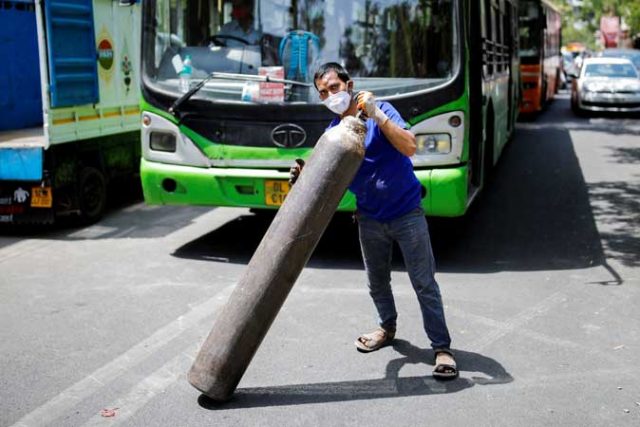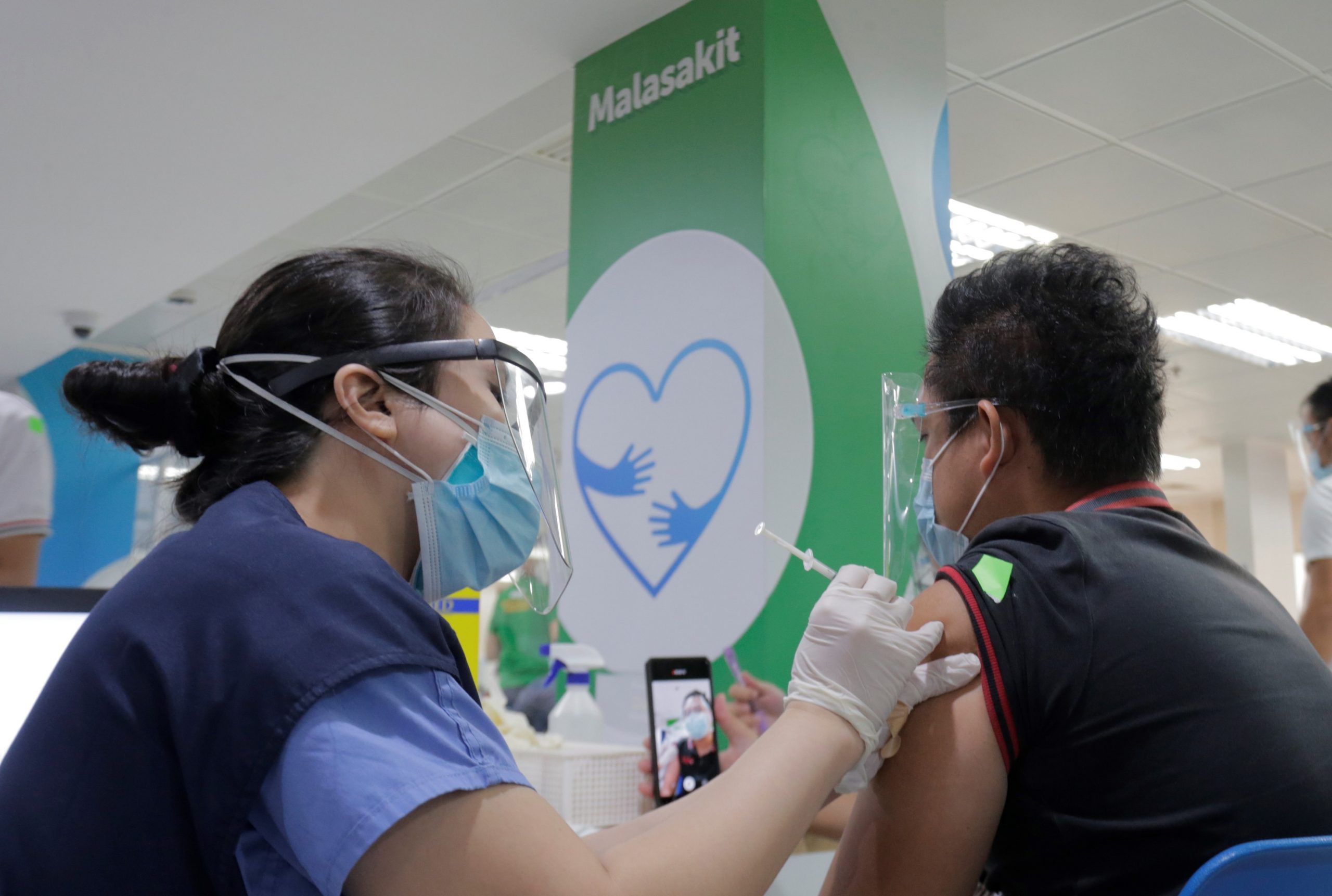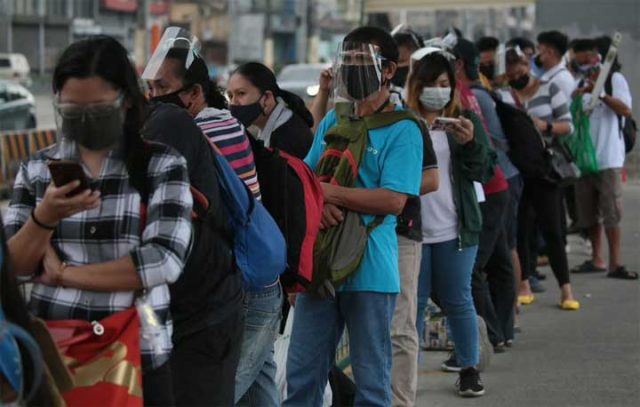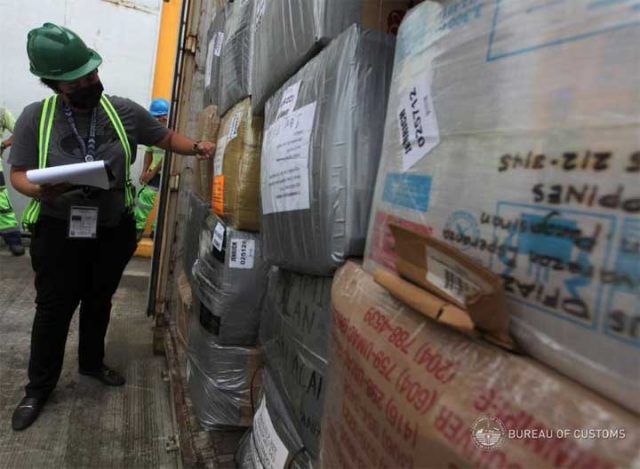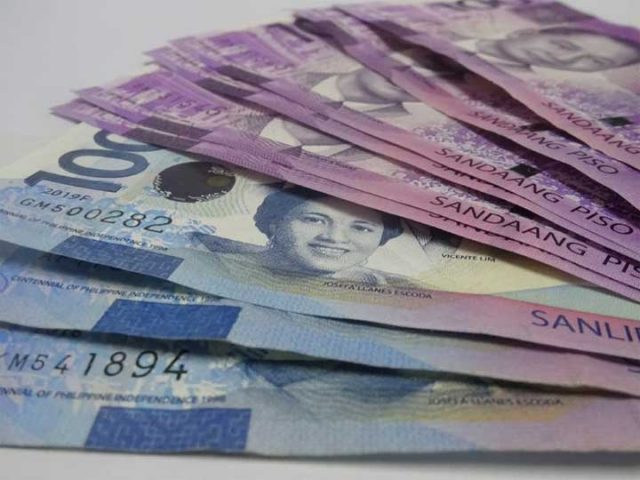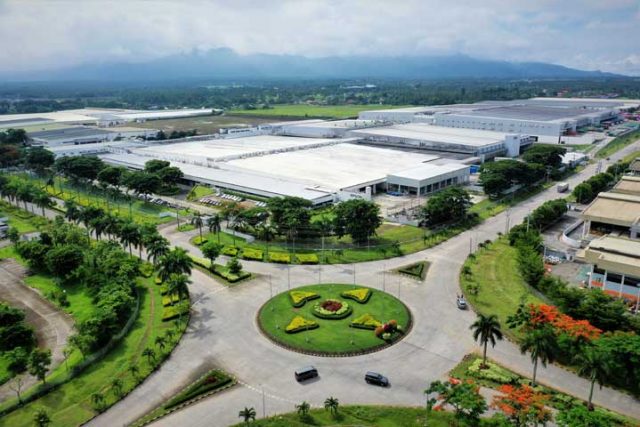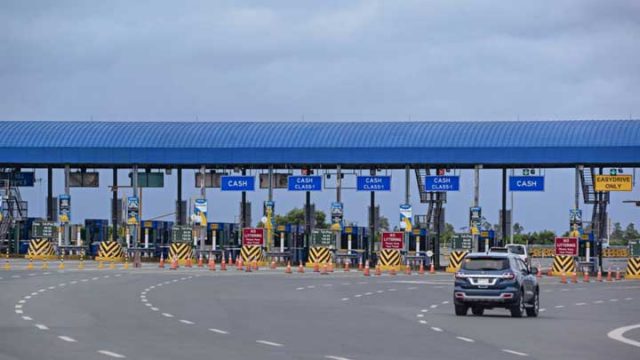MYCELLE B. MARQUEZ, 31, said it would be her first Christmas without sending a balikbayan box to her family in South Cotabato since she started working as a saleslady in Brunei in 2013.
“I usually send canned goods, clothes and chocolates that are not available in the Philippines,” she said by telephone. “This year, I won’t be able to send a box. I’m worried it will take too much time to arrive because of coronavirus lockdowns.”
Ms. Marquez said the last time she sent a balikbayan box — a carton of food, clothing, toys and household products shipped by a migrant Filipino worker to his family back home — was in October. The repatriate box arrived home in January amid a coronavirus pandemic.
The resurgence of coronavirus infections has driven global supply chains toward breaking point, threatening the flow of raw materials, parts and consumer goods.
Philippine inbound foreign cargo throughput in the fourth quarter of last year was 23.873 million metric tons, down from the pre-pandemic level of 25.376 million metric tons a year earlier, according to data from the Philippine Ports Authority.
The country’s inbound foreign cargo throughput hit 24.771 million metric tons in the second quarter, better than 18.226 million metric tons a year earlier.
Balikbayan boxes barely increased between 2019 and 2020, Customs Assistant Commissioner Vincent Philip C. Maronilla said by telephone.
Apart from global logistics nightmares, rising joblessness among migrant workers means fewer goods being sent home, he pointed out.
“It’s expected because a number of overseas Filipino workers (OFW) lost their jobs due to the pandemic,” Mr. Maronilla said.
Labor Secretary Silvestre H. Bello III last week said 641,717 OFWs have come home during the global health crisis, though some of them are here to visit their families.
CONTAINER CRISIS
The United Nations Conference on Trade and Development said in a policy brief in April that containers and container ships were in short supply.
“The increase in demand was stronger than expected and not met with a sufficient supply of shipping capacity,” it said. “The container crisis is also a reflection of a slowdown in and delays across the maritime supply chain due to strains caused by the pandemic.”
Logistics company DHL in a market update this month said carriers from North America “are still limiting the space back to Asia.” It also cited an increase in shipping rates. “Space and equipment shortage at Asia ports remains for the month of August,” the company said
“Delays are expected as schedule reliability is at an all-time low,” it also said, noting that bookings would have to be made three to four weeks in advance.
Many economies around the world including the Philippines are struggling to contain a fresh surge in coronavirus infections spurred by a more contagious Delta variant and amid a slow vaccine rollout. Governments are reimposing tighter community quarantines.
“The situation in Asia is disrupting global manufacturing supply chains, with shortages and lengthening delivery times adding to inflation pressures,” DHL said.
Atlas Shippers, which delivers balikbayan boxes to the Philippines, in March said it had experienced delays in getting its cargoes processed at the ports of Long Beach and Los Angeles. It said the influx of cargoes to the US had created congestions, with ships waiting for berth space to dock.
“The COVID-19 pandemic has exacerbated this problem with a lot of workers getting sick from the virus,” the company said in a statement.
“Cranes unloading and loading the ships cannot catch up with the manpower not at 100%. A bottleneck has developed at the port and port authorities have reported that there is no sign of improvement in the next few weeks,” it added
LVM Cargo, which ships from the Netherlands, Belgium and west Germany to the Philippines, in July said Christmas shipments have started early this year “due to the worldwide delay in container shipments.”
It has advised clients to ship their boxes early if they wish these to arrive by yearend, with more delays expected from August to October.
Freight forwarding companies should be able to adjust the timeframe for shipments, Laban Konsyumer President Victorio A. Dimagiba said in a mobile phone message.
“In normal times, it’s maximum of 60 days from North America and shorter from Europe,” he said. “I would advise them to double that timeframe.”
Jovann Eve L. Tadena, a 35-year-old teacher working in Jordan, said she and her friend would be sending one balikbayan box for the Christmas holidays, but they will do it much earlier.
“We are planning to send the box in the last week of August or first week of September,” she said by telephone. “Normally, you need 60 days to send a box home.”
Cecille Castillon-Weinstein, 32, said she might just visit home this Christmas and take the presents with her instead of sending them in a balikbayan box. “Based on my experience, service really depends on the freight company that you use.”
PASALUBONG
“Pasalubong is a very ancient practice of Filipinos,” Nestor T. Castro, an anthropology professor at the University of the Philippines-Diliman, said by telephone.
“It’s been there even before the Spanish colonizers arrived because early Philippine societies practiced long-distance trade with Thailand, Vietnam and China,” he said. “When our seafarers came back home, they brought with them prestige items that were not found in the Philippines.”
“There were many items like artifacts of Buddhist origin even if the Philippines did not convert to Buddhism or Hinduism,” Mr. Castro said.
Imported items were called pasalubong, while exported goods were called pabaon. The pabaon concept is also part of end-of-life rites for some Filipinos, he said, noting that the dead brought objects they deemed precious to the grave.
Mr. Castro said the practice was further institutionalized by Filipinos’ colonial mentality. “They perceive that everything that is imported is more highly valued.”
The balikbayan box is a relatively new concept of pasalubong introduced by the government because it makes it easier for Filipinos overseas to send items home no matter what the size is, as long as they fit in the box.
Sending balikbayan boxes as part of the Christmas celebration is related to gift-giving, which was introduced by the Spaniards who brought Christendom to the Philippines, Mr. Castro said.
“Some OFWs who have been away for a long time try to compensate and show their love through material things,” he said.
Disruptions brought by the pandemic won’t be enough to erase such practices.
“Filipinos always look forward to when the situation will get better. This pandemic may have dragged on for two years already, but Filipinos are still very optimistic that we will recover,” he said.
Ms. Tadena, the Filipina in Jordan, said sending gifts to her family may be unnecessary but it makes them happy.
Ms. Weinstein, the Fil-Am businesswoman in New York, said: “It makes me happy when I see them on social media using the clothes, bags, or shoes that I sent them. It makes me feel like I’m right there with them.”
Brunei-based OFW Ms. Marquez thinks that what matters most this year is that her family will have food on the table during the pandemic
“I will send money instead,” she said. “The balikbayan box might take too long to arrive.”


